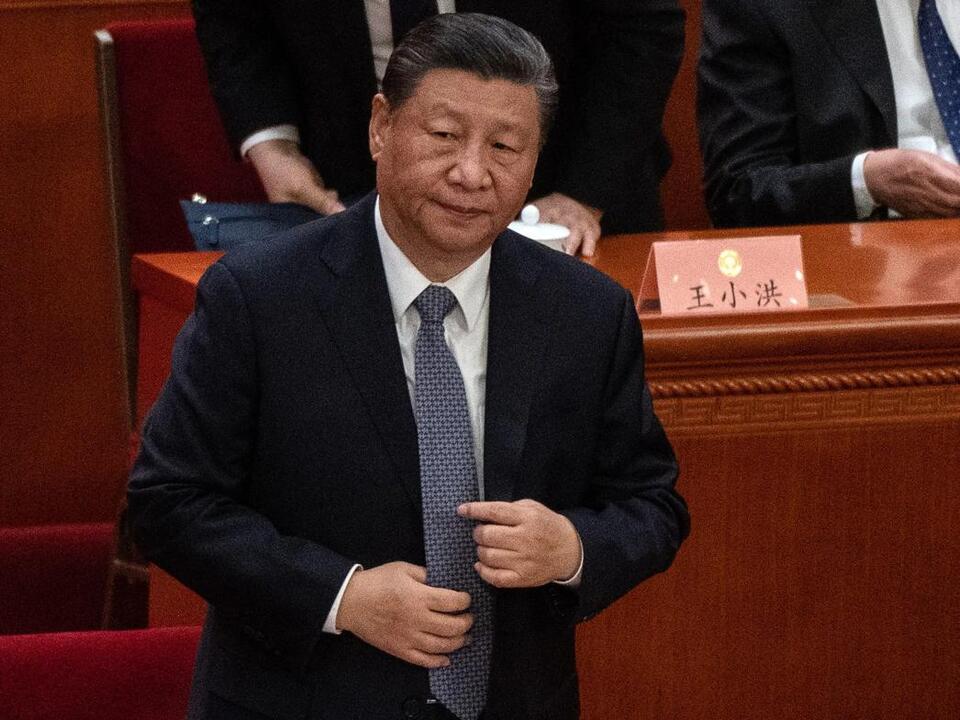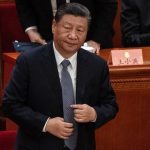Physical Address
304 North Cardinal St.
Dorchester Center, MA 02124
Physical Address
304 North Cardinal St.
Dorchester Center, MA 02124

On Tuesday, China rolled out a comprehensive stimulus package aimed at revitalizing its faltering economy. This announcement came during a rare press briefing led by the governor of the People’s Bank of China, Pan Gongsheng, who introduced a series of bold measures, including slashing interest rates and lowering reserve requirements for banks.
The significance of these measures lies in China’s previous reluctance to implement an aggressive stimulus, even as the economy struggled to regain its footing in the aftermath of the pandemic. Over the past few years, Chinese authorities have tried various support strategies to bolster the economy, but analysts have often considered these efforts to be piecemeal and lacking in depth. In many cases, Beijing has opted to mask unfavorable economic data instead of confronting challenges directly.
However, the tone of urgency in the recent stimulus announcement marked a stark departure from previous actions. According to a note from the Swiss private bank Lombard Odier, there was a distinct “sense of urgency” in Beijing’s approach.
This sentiment was echoed in the investor reaction, as Chinese stock markets experienced a significant surge. The CSI 300 Index, a benchmark for mainland Chinese stocks, recorded its best day in more than four years.
Despite this positive market response, the unveiling of such substantial stimulus measures ignited speculation that the Chinese government is in a state of alarm regarding the economy’s condition. Serious challenges like a looming property crisis, soaring youth unemployment, and deflation are putting pressure on the country.
Andrew Rocco, a stock strategist at Zacks Investment Research, raised concerns with his observation titled “China Stimulus: Does it Signal Panic?” He characterized the newly announced measures as “drastic” but refrained from confirming whether they indicate genuine panic. Market analysts were taken aback by China’s offering of 800 billion yuan, or approximately $114 billion, in liquidity to bolster the stock markets. Additionally, Pan mentioned that authorities are contemplating the establishment of a market stabilization fund.
The involvement of the People’s Bank of China (PBOC) in equity markets represents a notable shift from their longstanding policy that typically discourages speculation. Analysts Freya Beamish and Rory Green of Global Data.TS Lombard noted that this shift might suggest underlying panic in Beijing, supporting predictions of an imminent growth recession.
Anthony Sassine, a senior investment strategist at KraneShare, shared similar sentiments, indicating that there appears to be a sense of urgency from the Chinese government to stimulate growth before the end of the fiscal year. Achieving a GDP growth target of around 5% this year is becoming increasingly challenging, according to several analysts.
Importantly, even following the announcement of the expansive stimulus measures, many analysts argue that Beijing must undertake additional efforts to truly invigorate the economy, particularly in terms of enhancing domestic demand.
While there are significant concerns regarding China’s economic trajectory, some analysts advise investors to seize the opportunity for short-term gains. Rocco suggests that investors should focus on liquidity and price actions rather than the surrounding uncertainty. He describes current signals as bullish, given the substantial liquidity the Chinese government is infusing into the economy.
Analysts from Global Data.TS Lombard describe the current conditions in Chinese equities as a “tradable rally,” emphasizing that policy direction is exceedingly clear. However, they also caution that due to the persistent weakness in China’s macroeconomy, investors should consider their activities as trading rather than long-term investing.
Past relief rallies in the Chinese market have tended to be swift yet short-lived, a pattern that investors should keep in mind. Following the stimulus announcement, China’s CSI300 continued to rise, closing 1.5% higher on Wednesday, while Hong Kong’s Hang Seng Index saw a smaller increase of 0.7%.
Source: Business Insider



